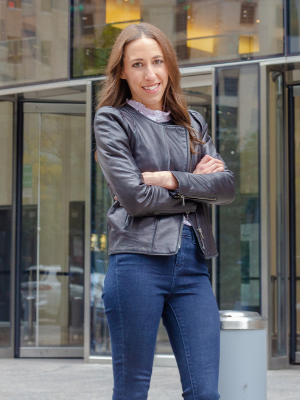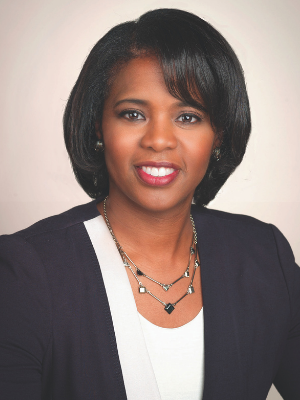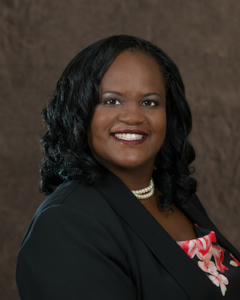 Amidst a global acceleration of the tech transformation, the shortage of tech talent is becoming increasingly pressing. Accenture is advocating that a “widespread cultural reset” is needed to address the gaps in women’s representation in tech.
Amidst a global acceleration of the tech transformation, the shortage of tech talent is becoming increasingly pressing. Accenture is advocating that a “widespread cultural reset” is needed to address the gaps in women’s representation in tech.
COVID-19 Disproportionately Affected Women In Tech, Too
A recent tech report by Kapersky showed that over half of surveyed IT professionals felt that women in senior tech roles had increased and gender equality had improved.
But nearly half the women in tech felt COVID-19 effects had delayed, not accelerated, their own career progression, largely due to the challenges of balancing home/work life while taking on a disproportional amount of cleaning, childcare, and homeschooling responsibilities. Four out of every ten women felt these pressures had kept them from pursuing career changes, and the same amount felt men had faster career progression. Not to mention that male-majority teams dominate female-majority teams at nearly a 5 to 1 ratio.
Another 2021 “Women in Tech Report” by TrustRadius shared that women were equally as likely to claim the pandemic had a negative impact on their careers as a positive one. But men (54%) were more likely than women (42%) to perceive the remote work office in the past year had been positive for women.
57% of women in tech felt burnt out, relative to only 36% of men. Women in tech were more likely to have worked overtime, taken on more responsibility at work, and have much greater childcare responsibility than male counterparts. They were also twice as likely to have lost their jobs or been furloughed since the pandemic began.
The report found that “bro culture” remained pervasive in tech firms, but interestingly only 63% of women in IT/engineering roles reported this, relative to 80%+ in sales and marketing roles in tech firms.
Intervention: Unbiasing Systems and Caregiving Support
In identifying the best tech companies for women, Anita B concluded from their 2021 Top Companies for Women Technologists report that those organizations which focused on unbiasing systems such as recruitment and performance management, rather than just training on raising awareness of bias, had much stronger representation of black women and Latinx women. The report found that companies with mandatory training on unbiasing the hiring process have 20% more tech women and tech women hires.
When it comes to women of color, companies that provide caregiving support as a benefit had higher levels of black and Latinx women, especially at the senior and executive levels. Companies that conducted intersectional pay audits had 30% more women hires, 90% more black women hires, and 80% more Latinx women hires.
Wake-up Call: “Widespread Cultural Reset”
Accenture’s Resetting Tech Culture 2020 report found that an inclusive culture that enables everyone’s voice to be heard at both the academic and professional levels is the “master key that unlocks opportunities for women who are studying and working in technology.” The pillars of “more-inclusive culture”, underpinned by 40 specific factors, are “bold leadership, comprehensive action and empowering environment”.
For example, only 1 in 20 tech women feel like an “outsider” in more-inclusive colleges, whereas 1 in 4 women feel this way in less-inclusive colleges. Among more-inclusive cultures, all women are much more likely to see a clear pathway from studying STEM to a related career and are much more likely to enjoy their jobs. And while literally half of women in tech roles among less-inclusive cultures feel they are made to feel their job is “not for people like them”, this drops to 16% in more-inclusive cultures. Also, in more- inclusive workplace cultures, the likelihood of women advancing to manager and beyond by age 30 increases by 61%; for women of color it increases by a staggering 77%.”
But Accenture found that HR professionals tend to significantly undervalue the importance of building a more-inclusive culture and support in retaining and advancing women in tech roles, only 38% seeing it as effective, when it’s the number one reason why women leave tech jobs, and alongside with more role models, the top factor listed for attraction.
Accenture is advocating for a “widespread cultural reset” to drive the much-needed change in tech, projecting in just one example, that if every company had a culture like the top 20% more-inclusive ones, annual attrition of women in tech could drop by 70% and 1.4 million more women would be retained by 2030.
Overall, Fortune points out that women need the same conditions to thrive in tech as anyone needs to thrive: “encouragement; hands-on tech discovery in school; the presence of role models in leadership positions; mentorship; executive sponsorship; fair pay; workplace inclusion; and the flexibility to parent while employed.”
By Aimee Hansen









